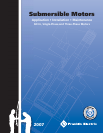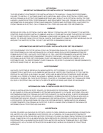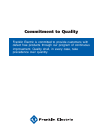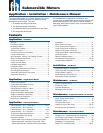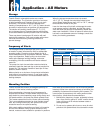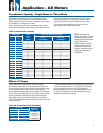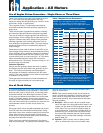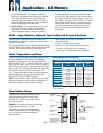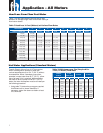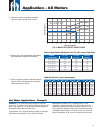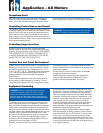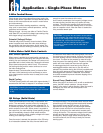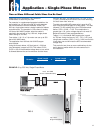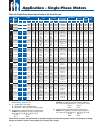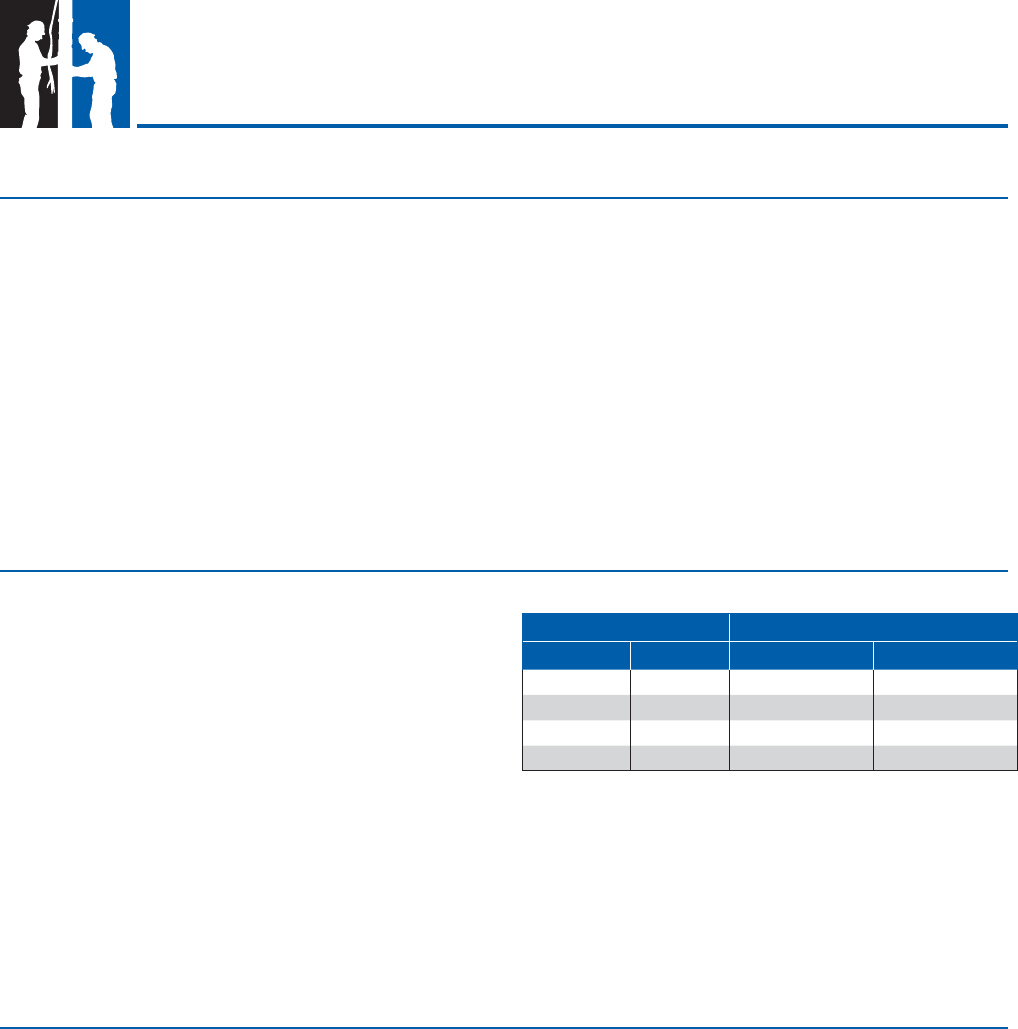
Application – All Motors
Franklin submersible motors are designed primarily for
operation in the vertical, shaft-up position.
During acceleration, the pump thrust increases as its
output head increases. In cases where the pump head
stays below its normal operating range during startup and
full speed condition, the pump may create upward thrust.
This creates upward thrust on the motor upthrust bearing.
This is an acceptable operation for short periods at each
start, but running continuously with upthrust will cause
excessive wear on the upthrust bearing.
With certain additional restrictions as listed in this section
and the Inline Booster Pump Systems sections of this
manual, motors are also suitable for operation in positions
Franklin Electric submersible motors are a water-
lubricated design. The fi ll solution consists of a mixture
of deionized water and Propylene Glycol (a non-toxic
antifreeze). The solution will prevent damage from
freezing in temperatures to -40 °F (-40 °C); motors should
be stored in areas that do not go below this temperature.
The solution will partially freeze below 27 °F (-3 °C),
but no damage occurs. Repeated freezing and thawing
should be avoided to prevent possible loss of fi ll solution.
There may be an interchange of fi ll solution with well
water during operation. Care must be taken with motors
removed from wells during freezing conditions to
prevent damage.
When the storage temperature does not exceed
100 °F (37 °C), storage time should be limited to two
years. Where temperatures reach 100° to 130 °F, storage
time should be limited to one year.
Loss of a few drops of liquid will not damage the motor
as an excess amount is provided, and the fi lter check
valve will allow lost liquid to be replaced by fi ltered well
water upon installation. If there is reason to believe there
has been a considerable amount of leakage, consult the
factory for checking procedures.
The average number of starts per day over a period
of months or years infl uences the life of a submersible
pumping system. Excessive cycling affects the life of
control components such as pressure switches, starters,
relays and capacitors. Rapid cycling can also cause
motor spline damage, bearing damage, and motor
overheating. All these conditions can lead to reduced
motor life.
The pump size, tank size and other controls should be
selected to keep the starts per day as low as practical for
longest life. The maximum number of starts per 24-hour
period is shown in table 3.
Motors should run a minimum of one minute to dissipate
heat build up from starting current. 6" and larger motors
should have a minimum of 15 minutes between starts or
starting attempts.
from shaft-up to shaft-horizontal. As the mounting position
becomes further from vertical and closer to horizontal, the
probability of shortened thrust bearing life increases. For
normal motor life expectancy with motor positions other
than shaft-up, follow these recommendations:
1. Minimize the frequency of starts, preferably to fewer
than 10 per 24-hour period. 6” and 8” motors should
have a minimum of 20 minutes between starts or
starting attempts
2. Do not use in systems which can run even for short
periods at full speed without thrust toward the motor.
Storage
Frequency of Starts
Mounting Position
MOTOR RATING MAXIMUM STARTS PER 24 HR PERIOD
HP KW SINGLE-PHASE THREE-PHASE
Up to 0.75 Up to 0.55 300 300
1 thru 5.5 0.75 thru 4 100 300
7.5 thru 30 5.5 thru 22 50 100
40 and over 30 and over - 100
Table 3 Number of Starts
3



